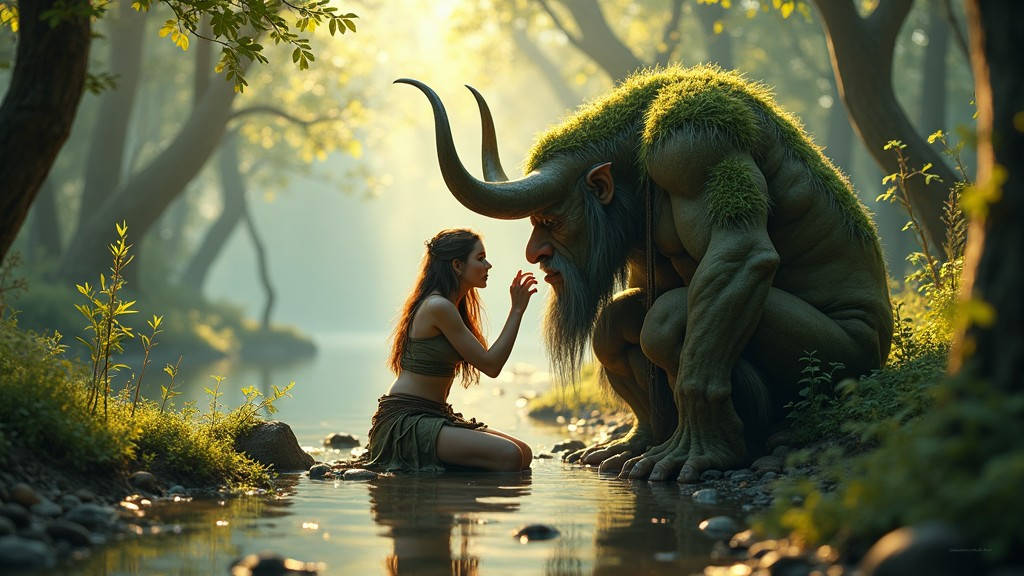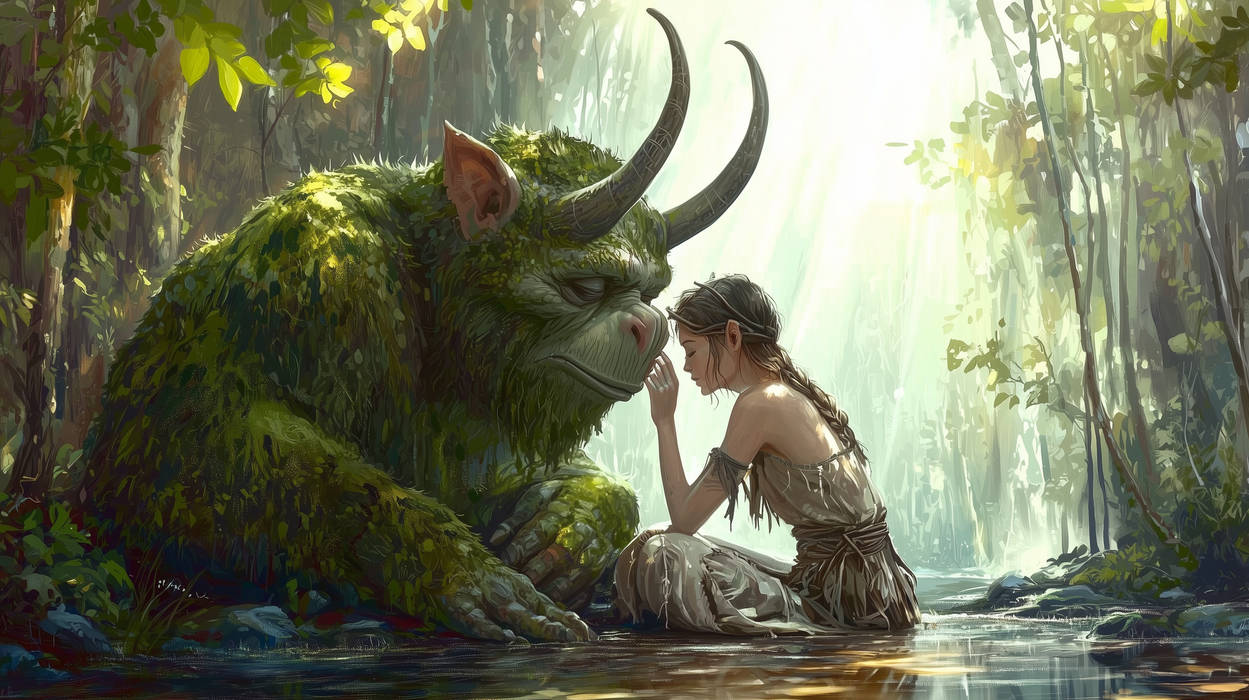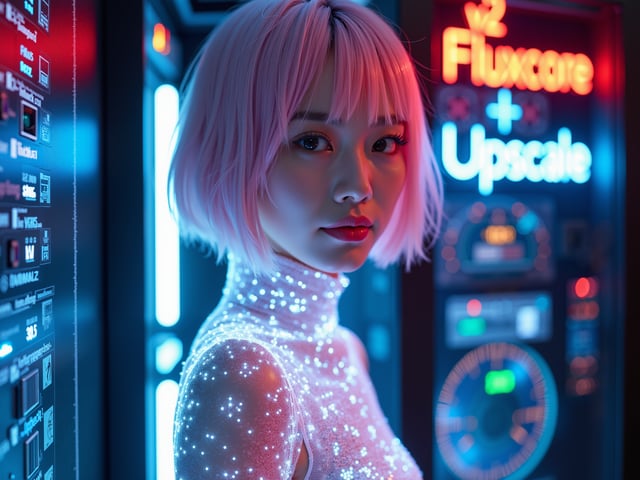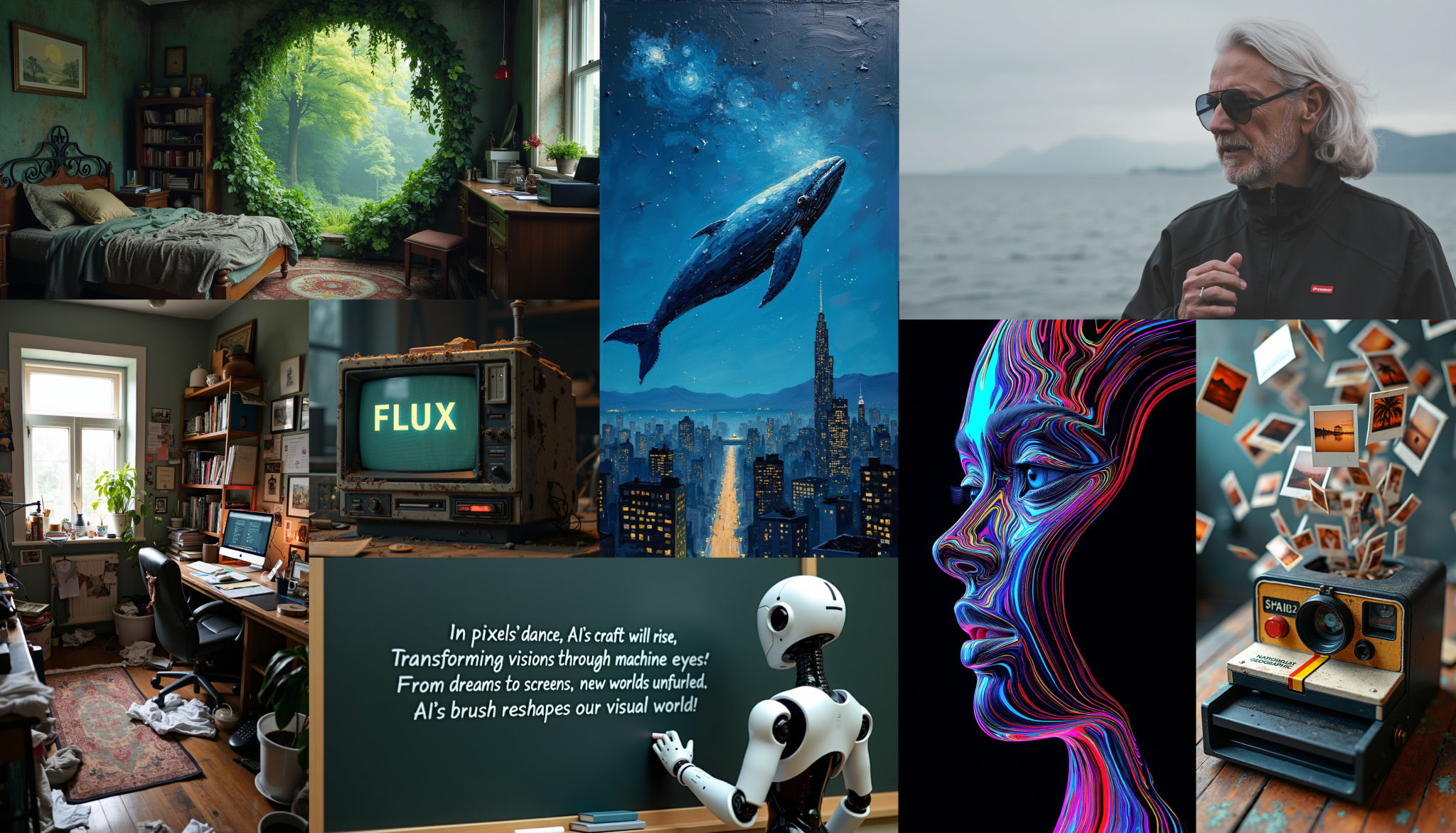Create the Hyper-Realistic Avatars You've Been Seeing All Over the Internet with Flux.ai + Gen3
Introduction
In recent times, you've probably noticed an influx of hyper-realistic avatars flooding your social media feeds. These avatars are so lifelike that they could easily pass as real people, making it difficult to distinguish between AI-generated images and genuine photographs. This article will explore how these ultra-realistic avatars are created using Flux.ai combined with Gen3, tools that are redefining the boundaries of digital artistry.

The Rise of Hyper-Realistic Avatars
AI-generated images have come a long way in recent years. Early attempts were often marred by noticeable flaws, such as awkward proportions or unnatural lighting. However, with advancements like Flux.ai and Gen3, the quality of AI-generated images has skyrocketed. Today, the best AI-generated avatars are nearly indistinguishable from real photographs, with many of them showing up in your Instagram feed, Reddit discussions, or even in online ads.

Understanding Flux.ai and Gen3
Flux.ai is an AI image generation platform that has gained significant traction due to its ability to produce highly realistic images. When paired with Gen3, a tool that adds animation and lifelike movements to these images, the results are nothing short of astounding.

Flux.ai operates with three different models: Pro, Dev, and Schnell. Each model offers varying levels of quality and speed, with Pro being the highest in terms of image fidelity and commercial use.
The Power of Flux.ai:
- Pro Model: The top-tier model that delivers the most realistic images, ideal for professional-grade projects.
- Dev Model: Offers almost the same quality as Pro but at a slightly lower cost, making it a great choice for most users.
- Schnell Model: The fastest and most affordable option, though it sacrifices some quality for speed.

How Flux.ai Creates Hyper-Realistic Avatars
Flux.ai's ability to generate lifelike avatars stems from its sophisticated AI algorithms and the use of LaRA (Low-Rank Adapter), a plugin that fine-tunes the images for enhanced realism. LaRA allows users to add specific stylistic elements, such as improving skin texture, hair details, and facial expressions, without the need for extensive retraining of the AI model.
The Role of LaRA in Image Quality:
LaRA enhances Flux.ai's base image model by training it on specific styles or concepts. For example, if you're aiming for a hyper-realistic portrait, LaRA can help refine the details to make the skin appear more natural and the eyes more expressive. This additional layer of customization is what sets Flux.ai apart from other AI image generators.

Reviewing Flux.ai's Capabilities Through User Experiences
In a recent YouTube video titled "Easy Guide To Ultra-Realistic AI Images (With Flux)," the creator explores how Flux.ai, combined with Gen3, has revolutionized the creation of hyper-realistic avatars. The video highlights how AI-generated images are becoming increasingly difficult to distinguish from real ones, particularly when using Flux.ai's advanced features.

The reviewer notes that while Flux.ai produces stunning results, certain aspects—such as full-body shots—can still pose challenges. However, these issues are often resolved with a few iterations, showcasing the platform's adaptability and potential for producing top-tier images.
Challenges and Solutions: Achieving the Perfect Avatar
Despite Flux.ai's impressive capabilities, creating the perfect hyper-realistic avatar isn't without its challenges. For example, when generating full-body images, the AI might struggle with proportions, leading to slightly off-kilter results. Fortunately, these can often be corrected by adjusting the settings or applying additional layers of LaRA customization.
Key Tips for Achieving Realism:
- Focus on the Face: Most of the hyper-realism in avatars comes from detailed facial features. Spend extra time refining the eyes, skin texture, and hair.
- Use LaRA Plugins: To add that final touch of realism, don't hesitate to use LaRA plugins that enhance specific aspects of the image, such as skin tone or background details.
- Experiment with Pro and Dev Models: If you're not getting the desired results, switching between the Pro and Dev models can provide a different perspective, helping you to achieve the perfect avatar.

Animating Your Avatars with Gen3
Once you've created your hyper-realistic avatar in Flux.ai, the next step is to bring it to life with Gen3. Gen3 is an advanced animation tool that can turn your static avatars into dynamic, lifelike characters. This is especially popular in creating short videos for social media, where lifelike animations grab viewers' attention more effectively than static images.
How to Use Gen3 with Flux.ai:
- Upload Your Avatar: After generating your avatar in Flux.ai, upload it to Gen3.
- Customize Movements: Use Gen3's intuitive interface to add natural movements to your avatar, such as blinking, head tilts, and even lip-syncing.
- Export and Share: Once satisfied with the animation, export the video and share it on your social platforms. The result is a hyper-realistic avatar that moves and behaves like a real person.

Comparing Flux.ai with Other AI Image Generators
While Flux.ai is undoubtedly powerful, it isn't the only player in the game. Tools like MidJourney are also popular for creating AI-generated images, each with its unique strengths and weaknesses.
Flux.ai vs. MidJourney:
- Realism: Flux.ai excels in producing hyper-realistic images, making it ideal for projects requiring lifelike avatars. MidJourney, on the other hand, offers a more artistic and stylized output, often with a dreamlike quality.
- Ease of Use: Flux.ai, especially when used with platforms like Replicate, is highly accessible and easy to use, even for beginners. MidJourney, while user-friendly, may require more artistic input to achieve the desired effect.
- Customization: With the addition of LaRA plugins, Flux.ai offers more granular control over specific aspects of the image, which is something MidJourney currently lacks.
Real-World Applications of Hyper-Realistic Avatars
Hyper-realistic avatars created with Flux.ai and Gen3 are not just for show—they have practical applications across various industries. From marketing and advertising to gaming and virtual reality, these avatars are used to create immersive experiences that engage audiences on a deeper level.
Industries Benefiting from Hyper-Realistic Avatars:
- Marketing: Brands use hyper-realistic avatars to create relatable, lifelike characters that resonate with their target audience.
- Gaming: In video games, these avatars enhance the player’s experience by offering more believable characters and interactions.
- Virtual Reality: Hyper-realistic avatars are key in creating immersive VR environments, where the line between reality and virtual experience becomes increasingly blurred.
Future of Hyper-Realistic Avatars with AI
As AI technology continues to evolve, the future of hyper-realistic avatars looks incredibly promising. Tools like Flux.ai and Gen3 are just the beginning, with future iterations expected to offer even greater realism, customization, and ease of use.
What to Expect:
- Increased Realism: Future updates to Flux.ai and Gen3 are likely to focus on enhancing the subtle details that make avatars even more indistinguishable from real people.
- More User-Friendly Interfaces: As more users adopt these tools, we can expect to see improvements in usability, making it easier for even beginners to create stunning avatars.
- Broader Applications: The use of hyper-realistic avatars is expected to expand into new areas, such as virtual customer service, personalized marketing, and even in professional networking.

Conclusion
The hyper-realistic avatars you’ve been seeing all over the internet are more than just a passing trend—they represent the future of digital creation. With tools like Flux.ai and Gen3, creating these avatars is more accessible than ever. Whether you're an artist, a marketer, or just someone curious about AI, these tools offer a unique opportunity to explore the cutting edge of digital artistry.
By combining Flux.ai’s powerful image generation capabilities with Gen3’s animation features, you can create avatars that are not only visually stunning but also lifelike in their movements and expressions. As AI technology continues to advance, the possibilities for hyper-realistic avatars are endless, making this an exciting time for creators and tech enthusiasts alike.
FAQs
1. What makes Flux.ai different from other AI image generators?
Flux.ai stands out due to its high level of realism and the ability to fine-tune images with LaRA plugins, allowing for more detailed and lifelike outputs compared to other AI generators.
2. How does Gen3 enhance the avatars created with Flux.ai?
Gen3 adds animation to the static images created with Flux.ai, making the avatars move and behave like real people, which is especially useful for video content and social media.
3. Can I use Flux.ai and Gen3 for commercial purposes?
Yes, especially if you use the Pro version of Flux.ai, which offers the highest quality images suitable for commercial use.
4. What are LaRA plugins, and how do they improve image quality?
LaRA plugins are additional tools that can be applied to the images generated by Flux.ai to enhance specific aspects such as skin texture, hair detail, and overall realism.
5. Is it difficult to start using Flux.ai and Gen3?
No, both platforms are designed to be user-friendly, with plenty of resources available for beginners. Even without prior experience, you can start creating hyper-realistic avatars with just a few clicks.